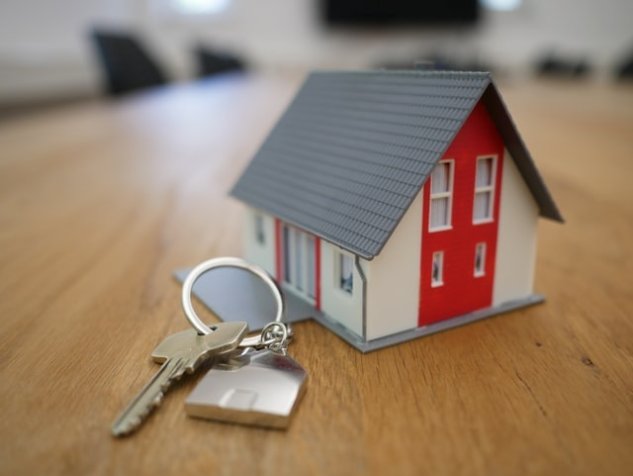Mortgages are one of those milestone financial decisions many of us will spend significant time saving up to afford and then paying off. Approximately 44% of consumers in the U.S. have one, as of 2020. It’s not often that the average person is able to purchase property, as securing your first place is a culmination of savings, research, and commitment. Mortgages are incredibly popular and common, however, they’re also complex in many cases, and vary from loan to loan. If your rate isn’t fixed, or the term is longer than average, it can majorly affect the final payment amount. On the other hand, a larger deposit can shorten the time you’re paying off your loan, too.

Here, we’re looking at some of the basics of a mortgage, as well as the variations of loans you can access.
All In Order
To access a mortgage loan, you’re going to need to have a verifiable holistic image of your earnings and your savings to allow a banking institution to calculate an amount to offer you as a loan. This means pulling together payslips, address histories, and being clear on the property you’re interested in. Once that’s settled, you’re going to be expected to pull together your deposit and agree on a suitable mortgage rate. A deposit is typically between 5% and 10% of property value but can be as much as you want if you’re able to pay it. Mortgage lenders are likely to offer you roughly 4.5 times your income. Your rate calculation can be aided by personal research on a mortgage broker or comparison platform, such as Trussle in the UK, where you can verify the rates across several institutions. All of these details are negotiable with mortgage advisors, such as Trussle, so try and be open, honest, and clear about your aims to give yourself the best chance of getting the mortgage you want.
Interest Vs. Repayment
A repayment mortgage is the most common, allowing you to pay off both the interest accrued on your mortgage loan and the value of your real estate) By the end of the mortgage, you’ll have full ownership of your house. On the other hand, interest-only mortgages, somewhat less common, allow those with less access to immediate funds to pay off just the interest of a loan and are then able to purchase the property in full at the end. You’re likely to only need an interest-only mortgage for a buy to let scheme. Similarly, if you’re looking to sell a house ‘as is’ (without repairing on carrying out refurbishments before selling), combining this with the cheaper monthly payments of an interest-only mortgage can increase your buying power for your next property.
Fixed or Flexible
Fixed-rate mortgages are usually the more popular choice, as you’ll have clarity over repayments from the very beginning of your loan. No matter what interest rates do in the meantime, your repayments can remain the same. Many mortgage products will have an expirable fixed rate that ends after 5 years or so. You’ll then be placed on a Standard Variable Rate, which may be higher than your fixed rate. Many lenders expect customers to not be willing to remortgage a property to avoid these higher rates, although again many platforms are available that have made remortgaging far easier than it used to be.
Mortgages normally run for about 25 years but can extend to 40 years in some cases. That number alone speaks to the commitment a mortgage is compared to many financial products. As a first-time buyer, you’re at the beginning of a long journey, but with enough research, you can be safe in the knowledge your mortgage suits you and your financial ambitions for many years to come.

